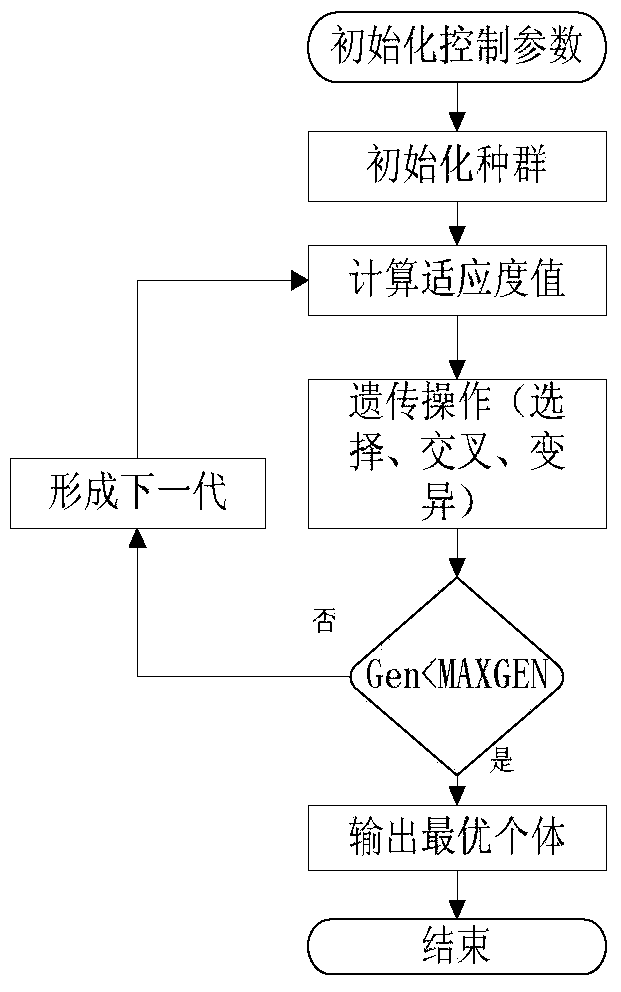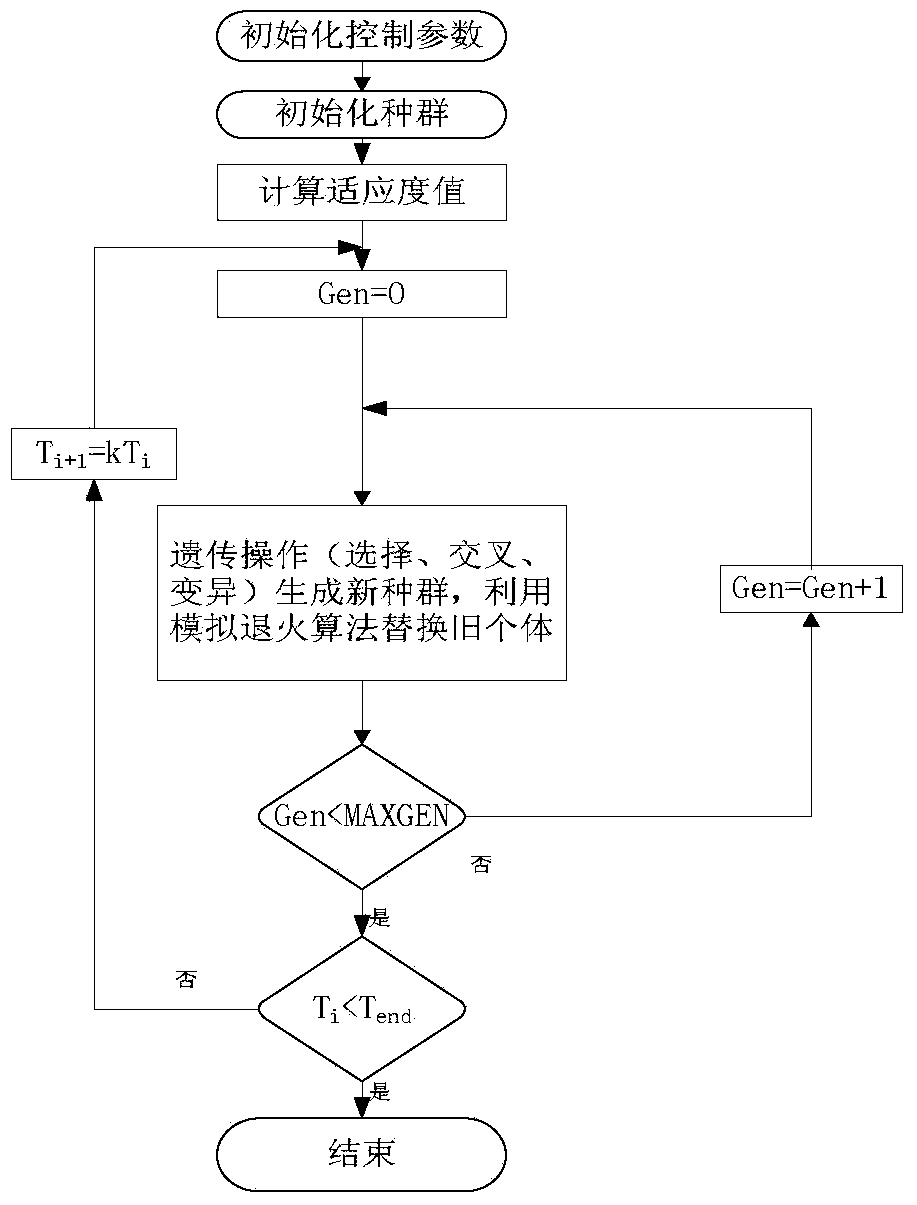Photovoltaic array parameter identification method based on measured data
A photovoltaic array and measured data technology, applied in photovoltaic power generation, photovoltaic modules, photovoltaic system monitoring, etc., can solve problems such as inability to accurately predict photovoltaic array output power, inconsistent battery working status, and inability to obtain system parameters
- Summary
- Abstract
- Description
- Claims
- Application Information
AI Technical Summary
Problems solved by technology
Method used
Image
Examples
specific Embodiment approach
[0040] The flowchart of parameter identification of photovoltaic array in the present invention is as follows figure 1 As shown, based on the above flow chart, configure the MATLABR2008a software, and install the genetic algorithm toolbox developed by the University of Sheffield, UK for the software. The effectiveness of the present invention is verified with respect to the measured data of the Taiyangshan Photovoltaic Power Station in Ningxia.
[0041] Step 1: Determine the feasible solution range of parameters;
[0042] According to the I-V equation of the photovoltaic cell and the equivalent transformation formula of the photovoltaic array and the photovoltaic cell, the parameter solution equation of the photovoltaic array can be deduced as a ternary linear equation containing three parameters to be solved. The parameter solution equation is as follows:
[0043] V m ...
PUM
 Login to View More
Login to View More Abstract
Description
Claims
Application Information
 Login to View More
Login to View More - R&D
- Intellectual Property
- Life Sciences
- Materials
- Tech Scout
- Unparalleled Data Quality
- Higher Quality Content
- 60% Fewer Hallucinations
Browse by: Latest US Patents, China's latest patents, Technical Efficacy Thesaurus, Application Domain, Technology Topic, Popular Technical Reports.
© 2025 PatSnap. All rights reserved.Legal|Privacy policy|Modern Slavery Act Transparency Statement|Sitemap|About US| Contact US: help@patsnap.com



